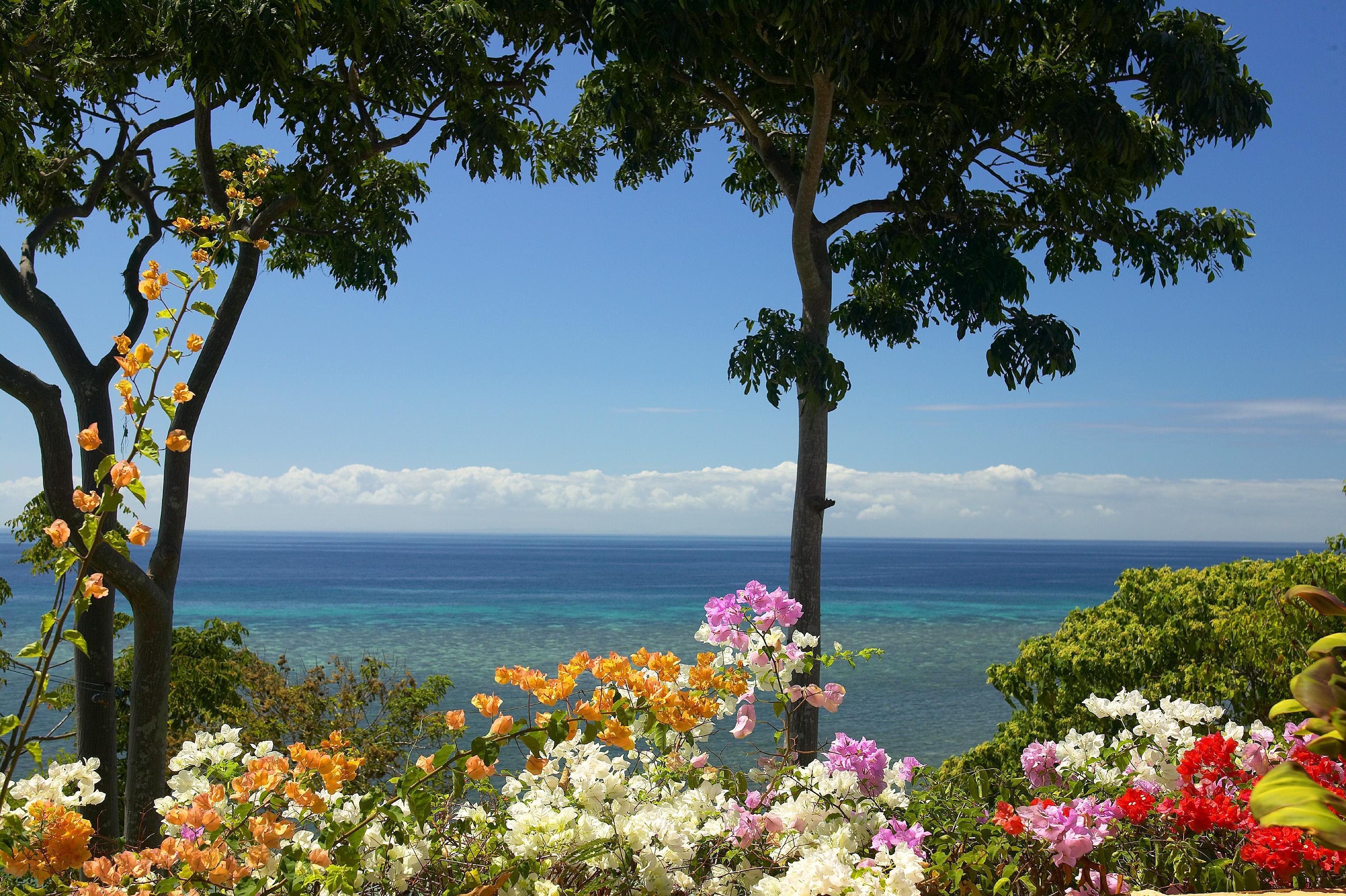
Being an archipelago, the Philippines boast a great many islands where nature is still at full bloom, and where there are many fascinating sights left to be explored. Of these, the Camotes Islands are among som of the more interesting ones, with many features to leave the visitor in amazement. Once known as the "Lost Horizon of the South," the Camotes has seen increased visitors and tourism especially over the past years, with a growing expatriate community.

As for the origin of the name, when the Spanish first arrived they asked the locals what was the name of the island and the locals thought they wanted to know what they were planting. They said camotes. This is how the island got its name and became the Spanish word for sweet potato. The Camotes Islands are a group of islands located east of Cebu Island, southwest of Leyte Island, and north of Bohol Island. It is 34 nautical miles from Cebu City and part of the province of Cebu.
The Camotes Islands are made up of 3 major islands and 1 minor islet, divided over 4 municipalities. On Poro Island are the municipalities of Poro and Tudela. Pacijan Island's sole municipality is San Francisco. Ponson Island's sole municipality is Pilar. Tulang Island is an islet and part of San Francisco. The main islands of Pacijan and Poro are connected by a causeway bridge. Ponson is separated by the Camotes Sea, lying about four kilometers northeast of Poro. Tulang is located off the northern tip of Pacijan.
The Camotes are low-lying with several hills, some used by a telecommunications company for relay stations. The highest point is Altavista, 950 feet (290 m) above sea level, on Poro. Pacijan has a large lake, Lake Danao, one of the cleanest fresh water lakes in the country. Palm trees are the dominant plant on the islands. There are also numerous native varieties of fruit such as banana, mango, pineapple and other plants. The main port is the Poro Port.
The predominant industries on the Camotes Islands are farming, with products such as corn, rice, pigs, chicken and cattle, fishing and tourism.

There are about 20 tourist resorts catering to both domestic and international visitors with many public and private beaches.
Also in the Camotes Islands you can find tourist spots such as Buho Rock, Greenlake Park, Mt. Calvary (Kalbaryo), Lake Danao and the vast Mangrove Plantation along the sides of the road from Pacijan (San Francisco) to Poro. There are many underground caves such as Bukilat Cave, Timubo Cave and Guadalupe Cave which has a fresh water underground lake. There are also 2 waterfalls, 1 in Poro and 1 in Tudela. There is diving and snorkeling opportunities at some of the resorts.
The major employers are CELCO (Camotes Electric Cooperative), Camotes Hillside Academy and Kinoshita Pearl Farm. There are 2 small colleges and 1 small hospital. A new airport is currently under construction as is Fiesta Mall, the first mall on the island. A new integrated casino resort with condos is scheduled to break ground in September, 2013. Tourism in the key economic development for the future of the island with a focus on the white sand beaches, safe and clean environment.
With these and more, The Camotes Islands is the next big thing in Philippine tourism, so make sure to take the chance to visit and see for yourself the beauty that the Camotes holds in store for you. One can get there by various sea craft from Cebu and other major points of the south.
Gallery:


















